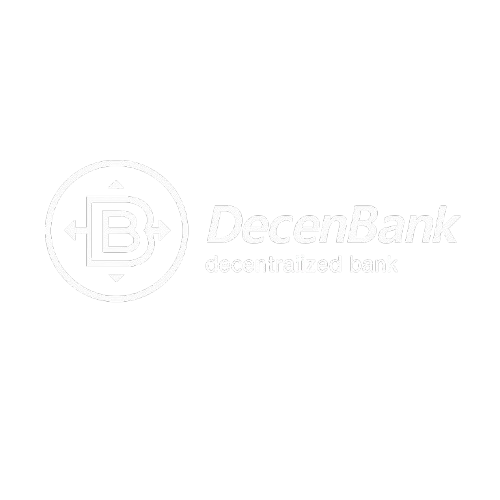
Complete Guide to DecenBank Concepts
DecenBank CNBM | Smart Vault and CNUSD Issuance Authority
DecenBank is a smart contract built on the DVTM model, responsible for issuing the ecosystem's base currency: CNUSD.
Each issuance happens at a strict 1:1 ratio against volatile on-chain assets, and simultaneously generates a second token called RC (Residual Claim), representing the remaining volatile portion of the underlying asset.
In the CNBM ecosystem, an independent instance of DecenBank is deployed on each supported blockchain.
The minting process is restricted to holders of PD tokens (Primary Dealers), who are considered core stakeholders and stability enforcers of the system. However, redemption of CNUSD is open to all users, regardless of their status.
Core Functions of DecenBank
1. Minting CNUSD and RC Tokens (Fee-Free)
Upon deposit of a volatile asset, DecenBank issues:
- 1 CNUSD (fixed-value token)
- 1 RC (reflecting residual volatile value)
The minting process is completely free of charge.
2. Redemption of Collateral (Fee-Free)
Users can return one CNUSD together with its corresponding RC token to redeem the underlying asset. Redemption is also fully fee-free.
3. Fee Calculation and Distribution from CNUSD Transfers
DecenBank calculates and distributes transfer fees of CNUSD on each active blockchain. The distribution is as follows:
- 70% to RC token holders
- 30% to PD token holders
Advanced Capabilities of DecenBank
1. RC Debt Issuance (Open to All RC Holders)
RC Debt Issuance allows any RC holder to borrow interest-free and without expiry, using their RC as collateral. The RC token remains locked in the user's wallet via smart contract control until full repayment.
The maximum loan-to-value (LTV) ratio is determined at the moment each DecenBank is deployed and fixed forever (e.g., 0.99 or 0.999). It is immutable after deployment.
2. AutoLoop (Exclusive to PD Holders)
AutoLoop is an advanced feature allowing PD token holders to automate the repetitive cycle of:
- minting CNUSD
- receiving RC
- borrowing against RC
- reinvesting the base asset
PDs can choose to:
- run AutoLoop until no more debt can be drawn, or
- specify a fixed number of loops (e.g., 10 or 20 iterations)
AutoLoop Example: Minting vs. Locked Collateral
Assuming a PD starts with 1 RCSOL and the LTV is set at 0.99:
- After 10 loops: 9.466 CNUSD minted | 0.904 RCSOL remaining | 9.561 RCSOL locked
- After 25 loops: 21.995 CNUSD minted | 0.778 RCSOL remaining | 22.218 RCSOL locked
- After 50 loops: 39.104 CNUSD minted | 0.605 RCSOL remaining | 39.499 RCSOL locked
- Full AutoLoop (until max): 99 CNUSD minted | 0.00000001 RCSOL remaining | 99.999 RCSOL locked
Summary
Key Takeaways
- Each volatile asset is split into two: fixed CNUSD + variable RC
- CNUSD is only redeemable when paired with its corresponding RC
- All minting, redemption, and burning processes are non-custodial and fully on-chain
- Only PDs can mint CNUSD; redemption is open to all users
- CNUSD transfer fees are distributed between RC and PD holders
- RC Debt and AutoLoop features allow capital efficiency while maintaining overcollateralization
- Each blockchain has its independent DecenBank instance with local PDs and parameters
- The only common element across chains is CNUSD, maintaining its universal value and functionality
- The maximum loan ratio (LTV) is fixed at the time of each DecenBank's creation and immutable thereafter